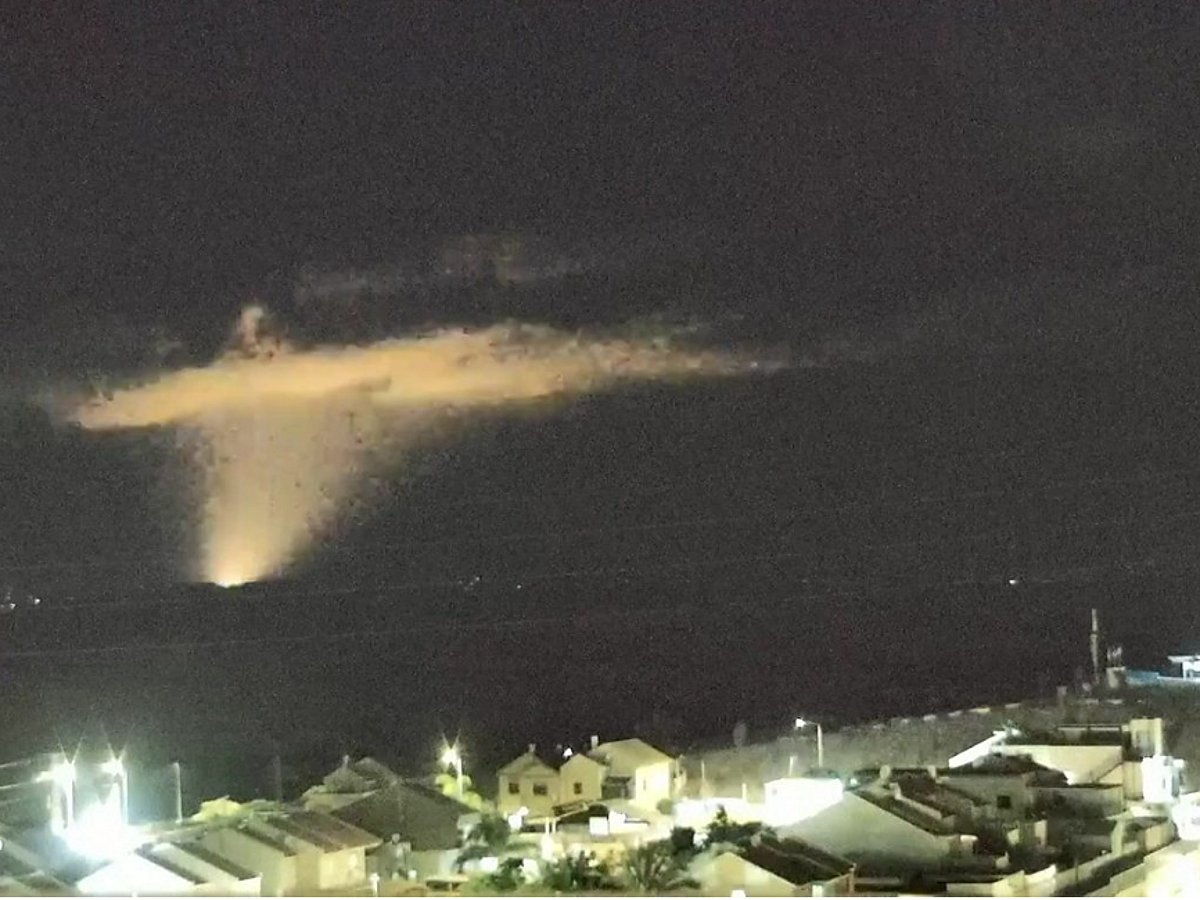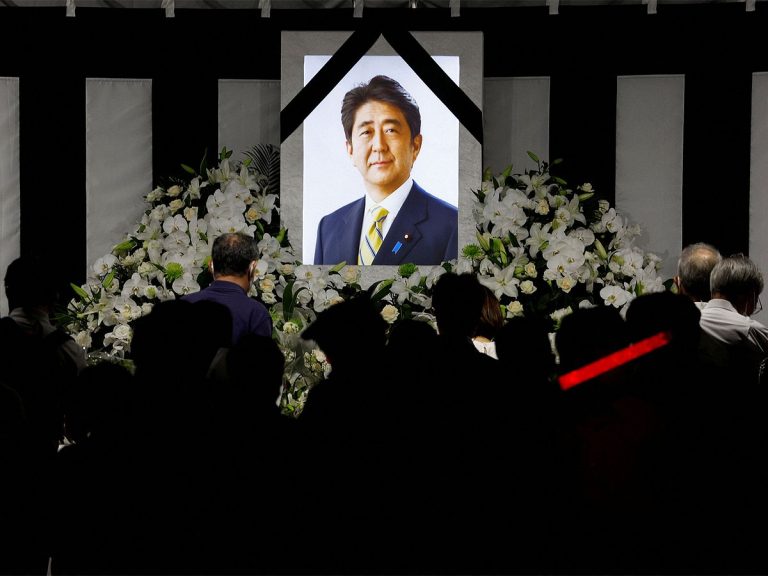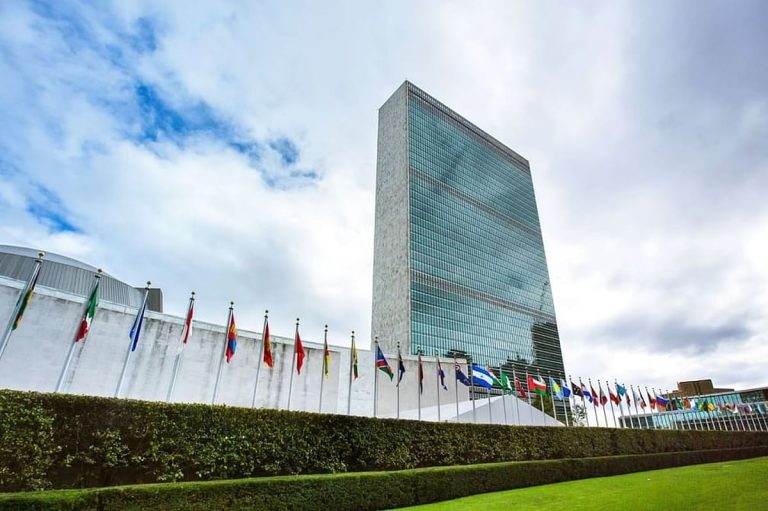Gaza Violence Escalates Amid Ceasefire Violations
Recent airstrikes in Gaza have resulted in significant casualties, with reports indicating at least 30 fatalities and numerous injuries. The situation remains dire as emergency crews continue to search for victims trapped under debris. This escalation follows a series of accusations between Israel and Hamas regarding violations of a ceasefire agreement.
Background of the Conflict
Israeli Prime Minister Benjamin Netanyahu ordered renewed military strikes on Gaza, citing attacks from Hamas as justification for the offensive. The Israeli Defense Minister has accused Hamas of breaching the ceasefire by targeting Israeli soldiers, a claim that Hamas has denied. This renewed violence comes after a period of relative calm, which has now been shattered by the latest round of hostilities.
Casualties and Humanitarian Impact
According to Mahmud Basal, a spokesman for Gaza’s civil defense agency, the latest strikes have left at least 30 people dead and many more injured. The ongoing conflict has had devastating effects on the civilian population, with the Hamas-run health ministry reporting over 68,500 deaths since the beginning of the military offensive. The humanitarian situation in Gaza continues to deteriorate, with urgent calls for aid and support.
Accusations and Counterclaims
The tension escalated further when Israel announced that a coffin handed over by Hamas did not contain the remains of a deceased hostage, raising questions about the ongoing negotiations for the release of hostages. Hamas has accused Israel of obstructing efforts to locate bodies within Gaza, complicating the already fragile situation.
FAQs
What triggered the recent Israeli airstrikes in Gaza?
The airstrikes were ordered by Prime Minister Netanyahu in response to alleged attacks by Hamas on Israeli troops, which Israel claims violated a ceasefire agreement.
How many casualties have been reported from the latest strikes?
As of the latest reports, at least 30 individuals have been killed, with many others injured as emergency services continue to search for victims under the rubble.
What is the current state of the ceasefire between Israel and Hamas?
Both sides are accusing each other of violating the ceasefire, leading to an escalation in violence and complicating ongoing negotiations regarding hostages and humanitarian aid.
Conclusion
The situation in Gaza remains critical as violence escalates amid accusations of ceasefire violations. With significant casualties reported and humanitarian needs growing, the international community is urged to intervene and facilitate dialogue to prevent further loss of life. Continued monitoring of the situation is essential as both sides navigate this complex conflict.
The ongoing conflict between Israel and Hamas has deep historical roots, with tensions dating back to the mid-20th century. The region has witnessed multiple wars and numerous violent confrontations, often centered around issues such as territorial disputes, the status of Jerusalem, and the rights of Palestinian refugees. The latest escalation is part of a broader pattern of cyclical violence that has plagued the area, with ceasefires frequently breaking down amid mutual distrust and accusations.
International responses to the conflict have varied, with some countries calling for immediate ceasefires and others expressing support for Israel’s right to defend itself. Humanitarian organizations have raised alarms about the dire conditions in Gaza, where infrastructure has been severely damaged by ongoing military operations. Access to essential services such as healthcare, clean water, and electricity has been critically impacted, exacerbating the suffering of civilians caught in the crossfire. The United Nations and various NGOs have been advocating for increased humanitarian aid to alleviate the crisis, but access remains limited due to the volatile security situation.
As the situation develops, the potential for further escalation remains high, particularly if diplomatic efforts fail to yield results. The complexities of the conflict, including the involvement of regional powers and the internal political dynamics within both Israel and the Palestinian territories, contribute to the challenges of reaching a sustainable resolution. Continued violence not only threatens the immediate safety of those in the region but also poses long-term implications for peace and stability in the broader Middle East.
Also Read:
Netanyahu Orders Military Strikes Amid Gaza Ceasefire Tensio
Hurricane Melissa Threatens Jamaica with Catastrophic Impact







